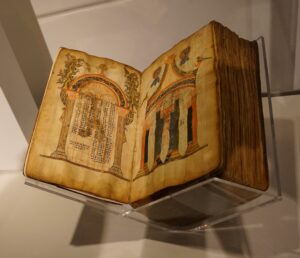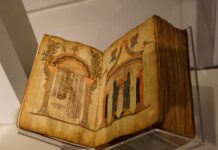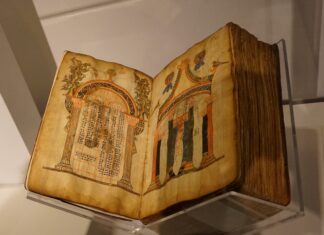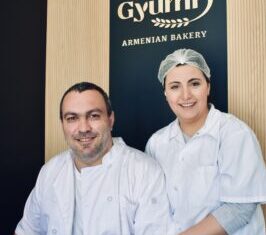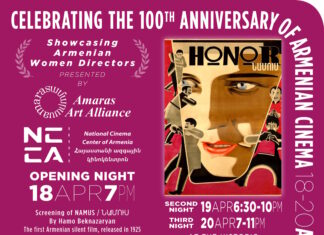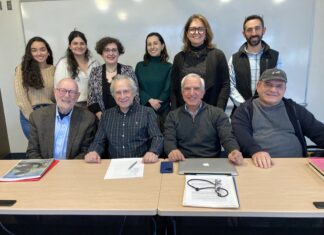By Gabriella Gage
Mirror-Spectator Staff
WATERTOWN — The website for the Houshamadyan project (www.houshamadyan.org), at first glance, seems to provide a colorful depiction of small-town Armenian life in the Ottoman era — a forgotten subject in history. Upon further exploration, however, visitors realize that Houshamadyan is more than a typical website — it is an interactive archive. Viewers do not merely read the history, they experience it firsthand through written documents, images, artifacts, digitized textiles, depictions of traditional games as well as sound and video recordings.
“The strength and beauty of the Houshamadyan website is that it aggregates and organizes a vast body of information in a way that makes it accessible to a wide audience. Through the presentation of the material in this way, the website allows visitors to explore and find material that they did not necessarily come to the website to look for. This is a form of historical and cultural exposure that is often lacking in today’s world of Google searches and Amazon.com,” said Nora Lessersohn, the project coordinator for the Houshamadyan Association and website.
These resources are aimed at enhancing “the visitor experience and helping make the reconstruction of these lost communities all the more vivid.”
Lessersohn’s involvement in the project came in tandem with an exploration of her own familial and cultural identity. Lessersohn first encountered the Houshamadyan website while researching her own family history and was immediately inspired to get involved. After emailing the project director, Lessersohn submitted her own great-grandfather’s recordings of lullabies to the project while she was living in New York.
